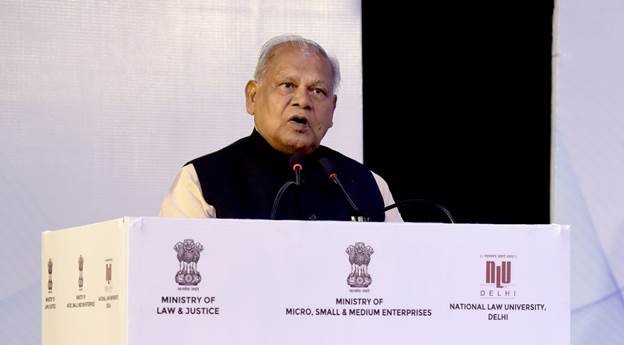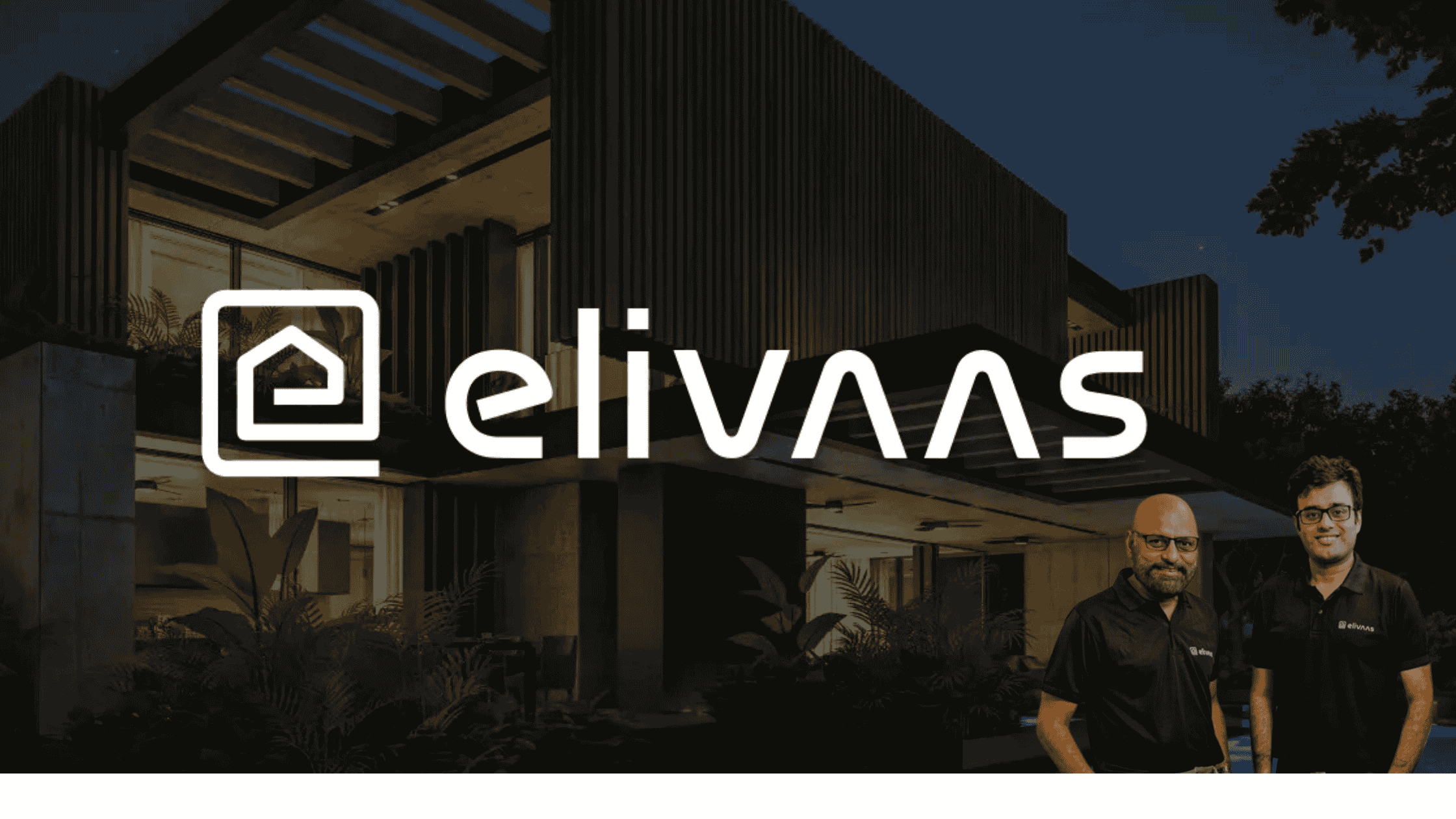Today the startup ecosystem is dynamic and fast-paced, and innovation alone isn’t enough to thrive in business. What truly propels startups into unicorn territory is not just a great idea, but a disruptive business model. The way a company creates, delivers, and captures value can be its most powerful weapon against incumbents.
Here are 8 startup models that have repeatedly proven to be blueprints for disruption, reshaping entire industries.
1. Freemium Model – Free Today, Pay Tomorrow
Core: Offer basic service for free and charge for premium features
The freemium model blends the words “free” + “premium”, and is built around the idea of offering a basic version of a product for free, while charging for advanced features, upgrades, or access.
This model thrives on user volume and conversion, get users in the door at no cost, then give them reasons to pay.
Best For : SaaS, Productivity tools, and Consumer tech.
- Market Disruptors: Dropbox, Canva, Duolingo
- Why It Works: Low barrier to entry, viral growth, and strong up-selling potential
2. Marketplace Model – Powering Platform-Based Disruption
Core: Connect buyers and sellers on a particular platform, take a cut
The marketplace business model is simple: It creates a digital space where two or more parties can find each other, interact, and transact. The startup doesn’t usually own the inventory or deliver the service; instead, it acts as a facilitator, charging a commission or fee on each transaction.
Best For: Travel, Services, Food delivery, and E-commerce
- Market Disruptors: Amazon, Airbnb, Zomato, Urban Company
- Why It Works: Asset-light, scalable, and generates network effects
3. Subscription Model – Revenue on Repeat
Core: Recurring revenue through monthly or yearly subscriptions
The idea behind subscription model is turning one-time customers into ongoing relationships. The model focuses on charging a recurring fee (monthly, quarterly, or annually), instead of selling a product or service once, for continued access to value.
Best For: Media, SaaS, Fitness, and D2C brands
- Market Disruptors: Netflix, Headspace, Freshworks
- Why It Works: Sustainable cash flow and higher lifetime value (LTV).
4. Direct-to-Consumer (D2C) Model – Zero Middlemen
Core: Cut the middleman. Own the brand
The D2C model allows brands to sell their products directly to customers through their own online platforms. This is done usually via websites or apps, without relying on traditional retail stores, distributors, or marketplaces.
Best For: Consumer goods, Fashion, Beauty, and Wellness.
- Market Disruptors: boAt, Mamaearth, Lenskart
- Why It Works: Higher margins, tighter feedback loops, brand loyalty.
5. Aggregator Model – Uniting the Fragments
Core: Unify fragmented markets under one brand.
The Aggregator Model is a platform-centric business approach where the startup organises and standardises services or products from multiple providers under one unified brand or experience, without directly owning those services.
Best For: Travel, Healthcare, Insurance, and Hospitality.
- Market Disruptors: OYO, Practo, Policybazaar
- Why It Works: Scales quickly without owning the assets.
6. EdTech Model – Disrupting the Blackboard with Bytes
Core: Deliver education at scale through technology-enabled platforms
The EdTech (Education Technology) model leverages technology to deliver educational content and services in a more engaging, scalable, and personalised way.
Startups in this space use digital platforms to teach, assess, mentor, and certify learners, ranging from K-12 students to working professionals.
Best For: K-12 learning, Test prep, Skill development, and Professional education
- Market Disruptors: BYJU’S, Unacademy, upGrad, Physics Wallah
- Why It Works: Scales education beyond classrooms, offers flexible, personalised learning, and enables lifelong upskilling
7. Razor Blade Model – Hook First, Monetize Later
Core: Sell a primary product at a low cost (or loss) to drive recurring revenue from complementary consumables.
Very similar to subscription model, the Razor Blade Model gets its name from the classic strategy: sell razors cheap, make money on blades.
Startups using this model offer a base product at an attractive price point to lock in customers, then generate steady income through repeat purchases of essential add-ons, refills, or services.
Best For: FMCG, Personal care, Hardware, IoT, and Printing
- Market Disruptors: Gillette, Lenskart (lenses), Nespresso, HP Printers, boAt (audio accessories)
- Why It Works: Drives customer lock-in, ensures recurring revenue, and builds strong product ecosystems.
8. On-Demand Model – Instant Access, Infinite Scale
Core: Deliver now. Convenience is king
The On-Demand Model connects users with service providers or products in real-time, fulfilling needs almost immediately through digital platforms.
Startups act as tech enablers, handling discovery, booking, payments, and logistics, without necessarily owning the underlying inventory or workforce.
Best For: Mobility, Food delivery, Home services, and Healthcare
- Market Disruptors: Uber, Swiggy, Dunzo
- Why It Works: Solves for time and access in real-time.
What makes these models disruptive isn’t just their novelty, it’s their strategic fit to market pain points, scalability, and adaptability. Founders who understand when and how to apply these models have a serious edge.
Whether you’re building a B2B SaaS tool, a D2C brand, or the next big marketplace, your business model isn’t just part of the plan – it is the plan.
Read More: Startup Name Secrets: Why It’s Called Zomato, Myntra, or Meesho






















